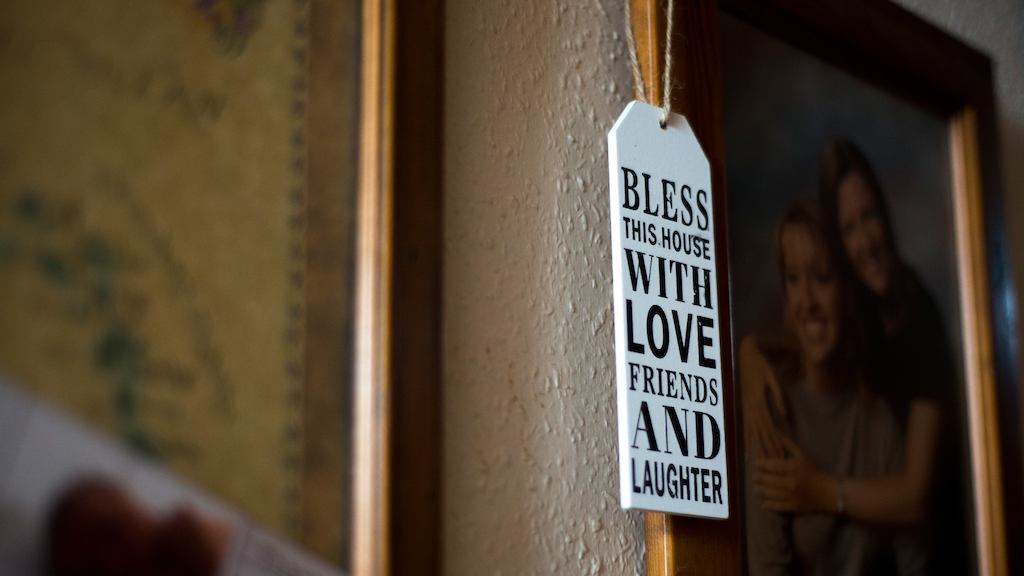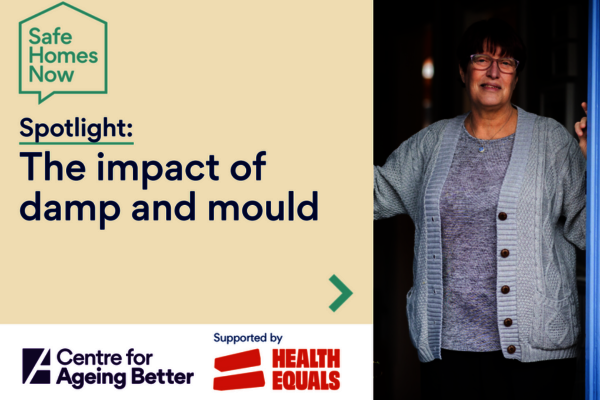A few months ago, I accompanied an occupational therapist as she was visiting people to assess what adaptations and changes need to be made to their homes to better suit their needs. Mark,* in his 60s, was one of the individuals we visited.
As I sat down on a soft, colourful patterned chair in Mark’s living room I was struck by the unique character of the room. The mismatched chairs and sofas gave the home a certain charm, and it was clear that Mark and his wife had put in a lot of time and thought into designing this space.
And yet, despite its warmth and charm, Mark’s house was quickly becoming unsuitable for him. Mark lives with multiple sclerosis, which makes walking and moving around difficult for him. The only bathroom in his two-bedroom house is on the first floor. Mark was having trouble climbing stairs, which is why the occupational therapist had arranged for a handyman to install a stair railing to help him get upstairs.
However, due to the progressive nature of Mark’s condition, it was clear that a handrail might soon not be enough. In a few years’ time, Mark may no longer be able to walk at all, which means he will face a difficult set of choices if he wants to keep living in a house where the bathroom and the bedroom are both up a flight of stairs.
The occupational therapist discussed what future options Mark may want to consider, including installing a lift to him get upstairs. But the reality is that, should he ever require a wheelchair, he will not be able to stay in his home.
Even if adaptations are installed to support Mark to get upstairs or changes are made to move sleeping and bathroom arrangements downstairs, there was simply not enough space in front of the house to install a wheelchair ramp. There was a real risk that Mark could end up trapped in his home.


